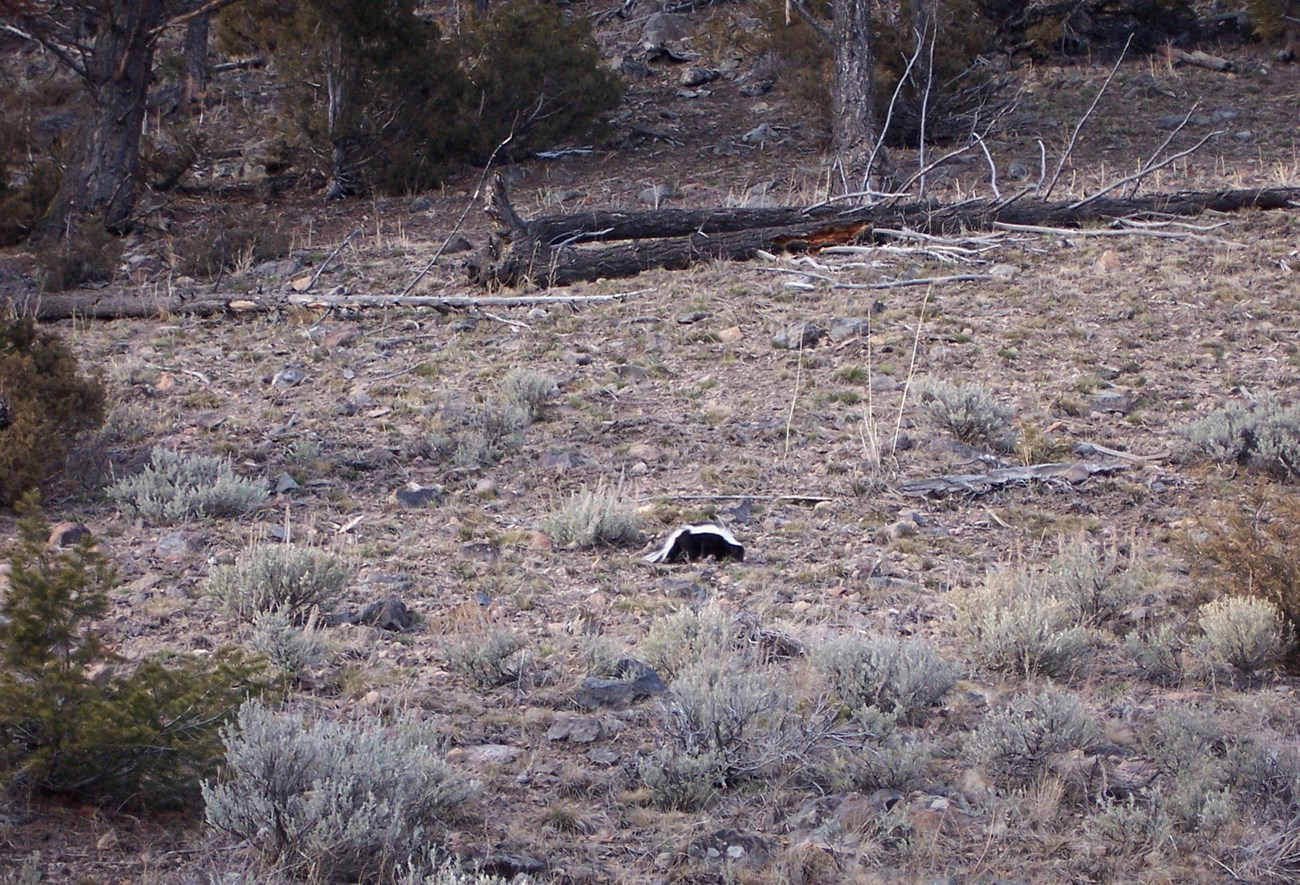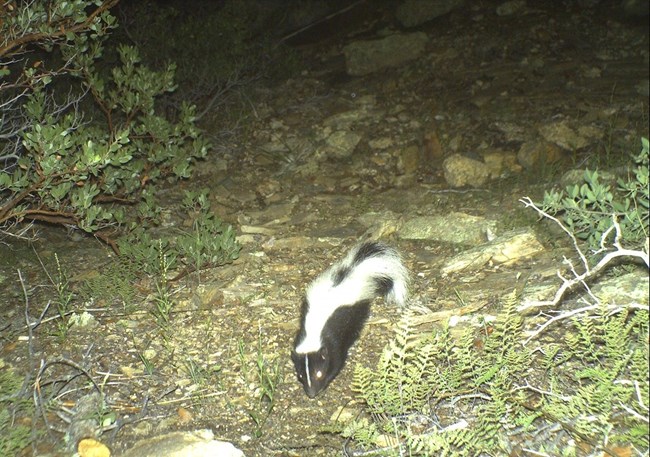
NPS/ Jim Peaco 
NPS/SNP Mephitis mephitis
Size and Description
Diet
Interactions with other animals
|
Last updated: January 9, 2024

NPS/ Jim Peaco 
NPS/SNP Mephitis mephitis
Size and Description
Diet
Interactions with other animals
|
Last updated: January 9, 2024